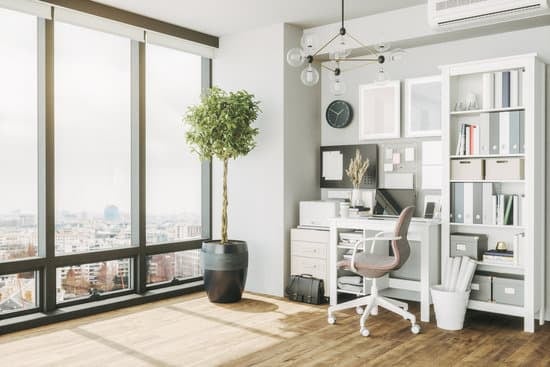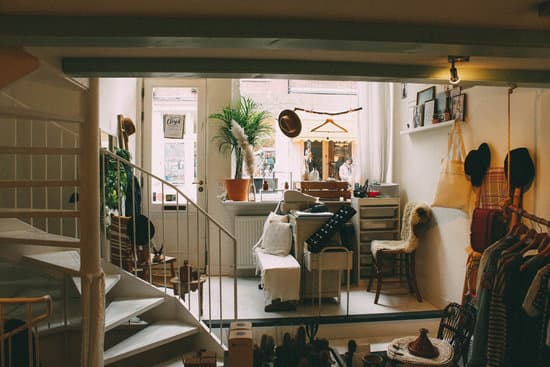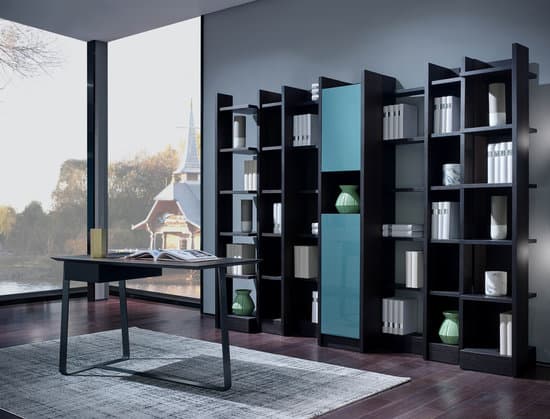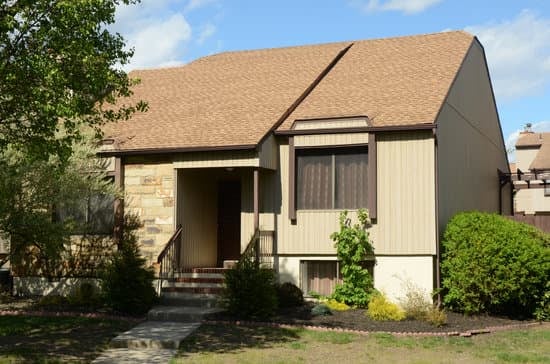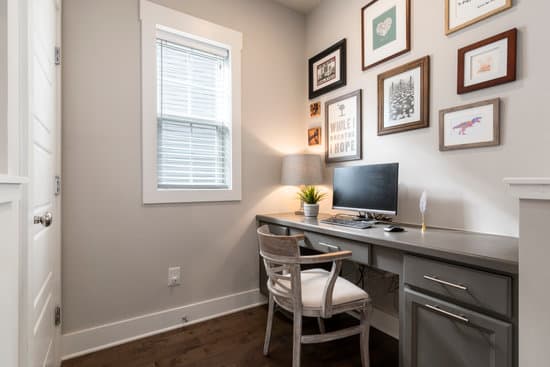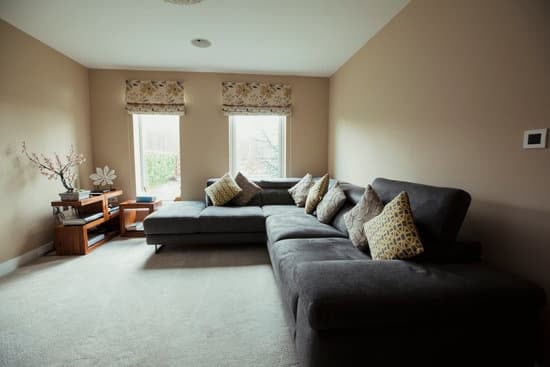Poor ventilation in a house can lead to various problems, ranging from health issues to damage to the property. So, if you suspect that your house has poor ventilation, there are signs you could look out for. These include:
Glass and windows that appear to be frosted because of condensation. Condensation on windows is usually a sign of excessive moisture in the house, and inadequate ventilation to remove the moisture.
The discoloration of wall, floor tiles, and grout. Poor ventilation can cause moisture buildup on surfaces, leading to discoloration and even damage to the walls and floors.
The first signs of rust staining on plumbing. When there is a lack of proper ventilation, excess moisture can cause rusting of pipes and other metal components, leading to water damage and costly repairs.
The growth of mold on surfaces such as walls and wood. Poor ventilation can create an ideal environment for mold growth, posing health hazards and weakening the structure of the property.
The odors are strong and don’t disappear. A stuffy and unpleasant smell in your home that persists even after trying various cleaning methods is usually a sign of poor ventilation.
The buildup of heat doesn’t go away. Proper ventilation helps to regulate the temperature in your home. If you notice that your house feels stuffy and hot, even during moderate weather conditions, it could be due to inadequate airflow.
In conclusion, poor ventilation can cause significant damage to your property and health, so it’s essential to identify the signs early and take the necessary steps to improve your home’s ventilation system.
Ventilation is an essential aspect of every household. Proper ventilation allows fresh air to circulate throughout your home while expelling stale air, reducing humidity, and preventing the buildup of harmful pollutants. Poor ventilation, on the other hand, can lead to several problems detrimental to your home’s health and safety. In this article, we will explore six signs indicating that your home has poor ventilation.
How do I know if my house has poor ventilation? Warning signs to look for.






